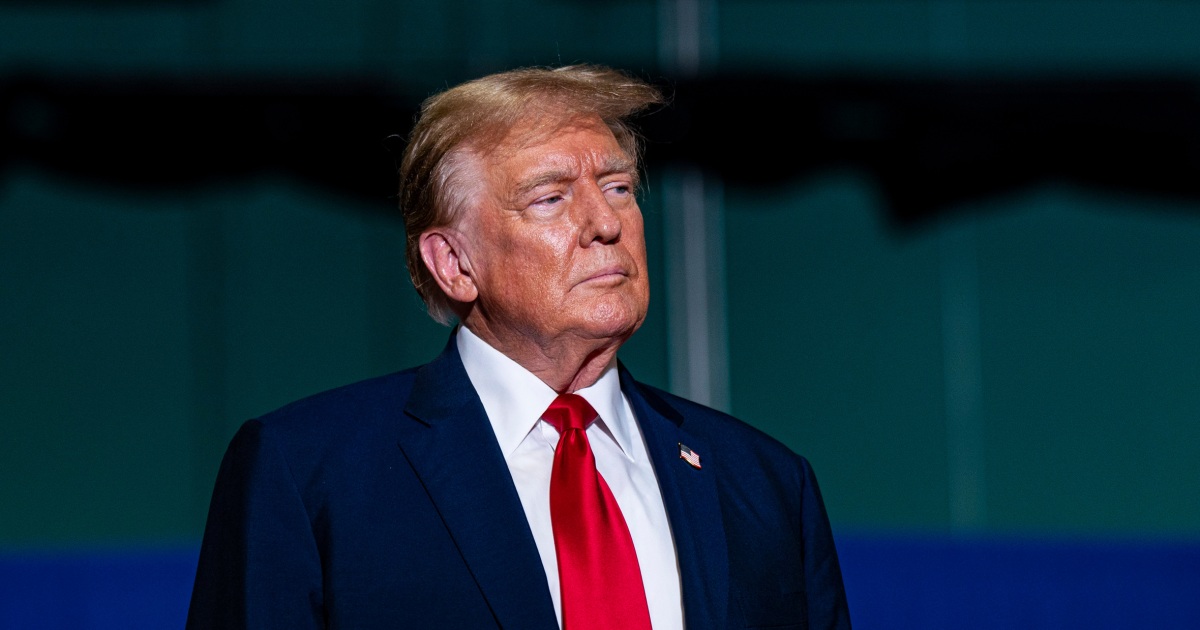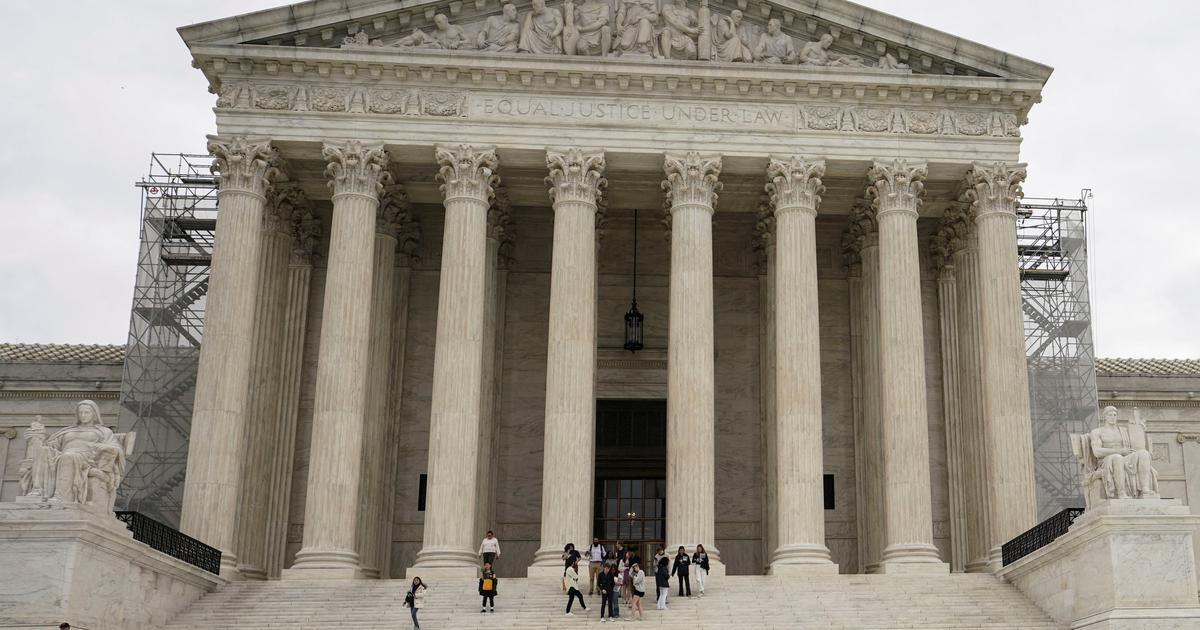Election of the Federal President: What is the Federal Assembly?
Created: 01/20/2022, 11:11 am
The participants of the Federal Assembly applaud the still incumbent Federal President Joachim Gauck on February 12, 2017.
© Kay Nietfeld/dpa
The Federal Assembly only meets every five years to elect Germany's next President.
Interesting facts about this constitutional body.
Berlin – As the largest parliamentary assembly in the Federal Republic of Germany, the only task of the Federal Assembly is to elect the Federal President.
The incumbent since 2017 is the former SPD Foreign Minister Frank-Walter Steinmeier.
The Federal Assembly meets no later than 30 days before the end of the President's term of office, i.e. usually only every five years.
The election of the Federal President is constitutionally regulated in Article 54 Paragraph 4 of the Basic Law.
The next, the 17th Federal Assembly, was convened by Bundestag President Bärbel Bas for Sunday, February 13, 2022.
The Federal President is elected in the Paul-Löbbe-Haus in Berlin's government district.
Federal Assembly – members and representatives of the federal states
The Federal Assembly consists of all members of the Bundestag and the same number of members elected by the parliaments of the federal states. When choosing Dr. Frank-Walter Steinmeier on February 12, 2017, the assembly comprised a total of 1,260 members (630 members of the Bundestag and 630 members appointed by the state parliaments). Accordingly, the forthcoming Federal Assembly will have 1,472 members (736 members of the Bundestag and 736 members appointed by the state parliaments). How many representatives the individual states are allowed to send to the Federal Assembly is calculated on the basis of their population figures. The country representatives must be elected according to the principles of proportional representation in the respective people's representative bodies. Most of them are MPs.However, local politicians and personalities from other areas of public life can also receive a mandate. Accordingly, the representative bodies of the federal states send the following number of members to the 17th Federal Assembly:
94 members from Baden-Württemberg
115 from Bavaria
30 from Berlin
24 from Brandenburg
6 from Bremen
16 from Hamburg
53 from Hesse
16 from Mecklenburg-West Pomerania
73 from Lower Saxony
156 from North Rhine-Westphalia
37 from Rhineland-Palatinate
9 from Saarland
39 from Saxony
21 from Saxony-Anhalt
27 from Schleswig-Holstein
20 from Thuringia
Federal Assembly – Election of the Federal President
Nominations for candidates can be submitted by any member of the Federal Assembly. Theoretically, every German can be elected as long as he or she has reached the age of 40. The election of the Federal President takes place secretly and without prior discussion. If none of the candidates achieves an absolute majority in the first and second ballot, i.e. more than half of the votes, there is a third ballot. In this case, a relative majority is sufficient: whoever receives the most votes wins. New nominations can also be submitted for the second or third ballot. In the current election, the incumbent Federal President Frank-Walter Steinmeier is the only candidate. On October 23, 2016, he was proposed as Federal President by the then SPD chairman Sigmar Gabriel.In the election on February 12, 2017, Frank-Walter Steinmeier was elected in the first ballot with 931 votes (the parties supporting him had a total of 1107 members in the Federal Assembly).
Federal Assembly – the procedure after the election
After the vote has been cast, the President of the Bundestag announces the result of the vote count and then asks the person elected whether they accept the election. The elected person must declare within two days whether he accepts the election. After a short speech by the person elected, the President of the Bundestag declares the Federal Assembly to be over, since its task has been completed. The future Federal President takes office as soon as the term of office of the predecessor has expired. When taking office, a newly elected Federal President takes the following oath: "I swear that I will devote my energies to the well-being of the German people, increase their benefit, protect them from harm, uphold and defend the Basic Law and the laws of the Federation,fulfill my duties conscientiously and do justice to everyone. So help me God.” This oath can also be taken without a religious affirmation.
Federal Assembly – the previous Federal Presidents
Theodor Heuss (1949-1959)
Heinrich Lübke (1959-1969)
Gustav Heinemann (1969-1974)
Walter Scheel (1974-1979)
Carl Karstens (1979-1984)
Richard von Weizsacker (1984-1994)
Roman Herzog (1994-1999)
Johannes Rau (1999-2004)
Horst Koehler (2004-2010)
Christian Wulff (2010-2012)
Joachim Gauck (2012-2017)
Frank Walter Steinmeier (since 2017)







/cloudfront-eu-central-1.images.arcpublishing.com/prisa/K63BQCT5FHKKXUWRSFYE4KBNFI.jpg)

